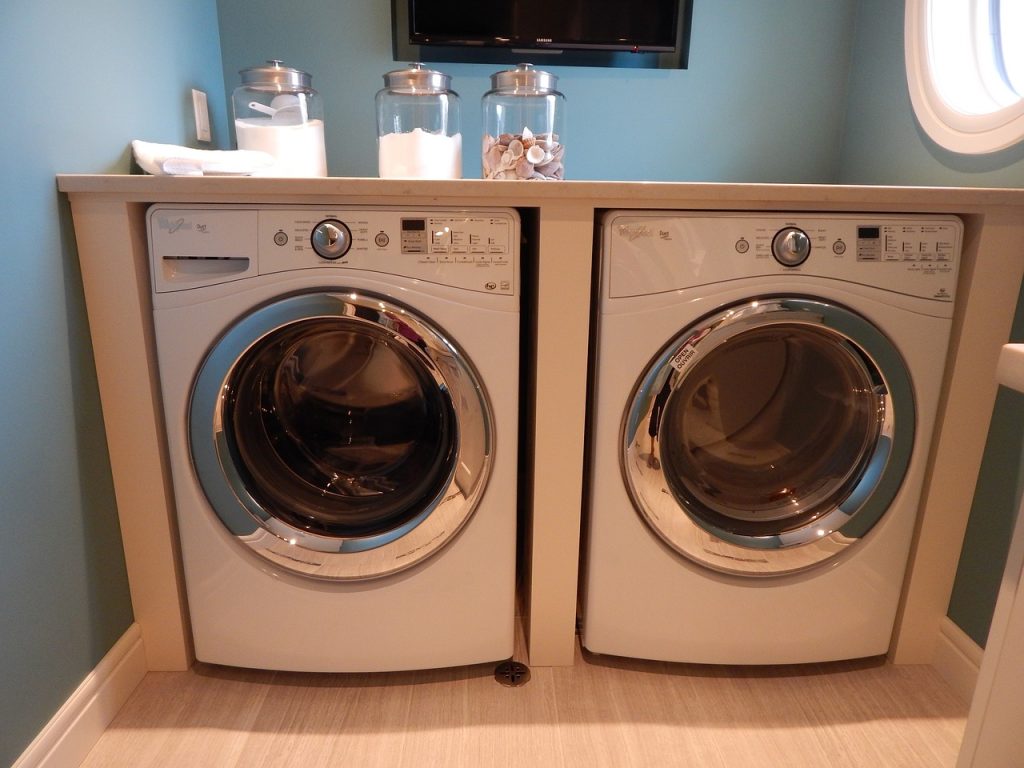The faithful washing machine – an unsung hero in our households, tirelessly churning through loads of laundry to keep our clothes fresh and clean. But just like any hardworking appliance, it may eventually start to show signs of wear and tear, signaling that its days of reliable service may be numbered. In this blog, we’ll explore the subtle yet telling signs that your washing machine might be on the brink of a breakdown, giving you the heads-up to consider an upgrade.
Loud and Unusual Noises:
A washing machine’s usual symphony of whirring and sloshing may become a cacophony of clunks, bangs, or squeaks as it ages. Unusual noises during the wash or spin cycle could be indicative of worn-out bearings, loose parts, or a malfunctioning motor. If your laundry room starts to sound like a construction site, it might be time to listen closely and consider a replacement.
Leaking Woes:
Puddles forming around your washing machine are a clear sign that something is amiss. Leaks could be the result of worn-out hoses, a faulty pump, or a damaged seal. Constantly mopping up after your washing machine is not only inconvenient but can also lead to water damage. If you find your washer turning into a water feature, it’s time to think about an upgrade.
Inefficient Cleaning Performance:
The primary purpose of a washing machine is to clean your clothes thoroughly. If you start noticing persistent stains or spots on your laundry, it could indicate a declining cleaning performance. This might be due to a malfunctioning agitator, a worn-out belt, or a failing motor. When your washer can’t get the job done, it’s a sign to consider a more efficient replacement.
Persistent Vibrations and Shaking:
While some vibration is normal during the spin cycle, excessive shaking and rattling are red flags. Imbalances in the drum, worn-out shock absorbers, or uneven flooring can contribute to excessive vibrations. If your washing machine starts shimmying across the laundry room floor, it’s a clear indication that it may be time for a newer, more stable model.
Extended Cycle Times:
If your laundry loads are taking significantly longer to complete, it might be a sign of trouble. Slow filling, draining, or spinning could be indicative of issues with the water inlet valve, drain pump, or motor. An aging washing machine may struggle to keep up with the demands of modern efficiency, prompting you to consider an upgrade for faster and more effective cycles.
Foul Odors and Mold Growth:
A persistent musty smell emanating from your washing machine is a clear sign of mold or mildew growth. This can occur in the drum, detergent dispenser, or rubber gasket. While regular cleaning can mitigate this issue, an old washing machine may be more prone to mold buildup, leading to unpleasant odors that linger on your clothes.
Frequent Repairs:
If you find yourself becoming friends with your local appliance repair technician, it might be a sign that your washing machine is reaching the end of its lifespan. Frequent breakdowns and the need for continuous repairs can quickly add up in terms of both time and money. At some point, investing in a new, reliable washer may be a more cost-effective and hassle-free solution.
Your washing machine is a vital component of your household, but like any mechanical device, it won’t last forever. By paying attention to these subtle signs of wear and tear, you can be proactive in replacing your washing machine before it leaves you high and dry – or worse, with a flood on your hands. Keep an eye (and ear) out for these signals, and when the time comes, embrace the world of newer, more efficient laundry technology. Your clothes and your sanity will thank you!

